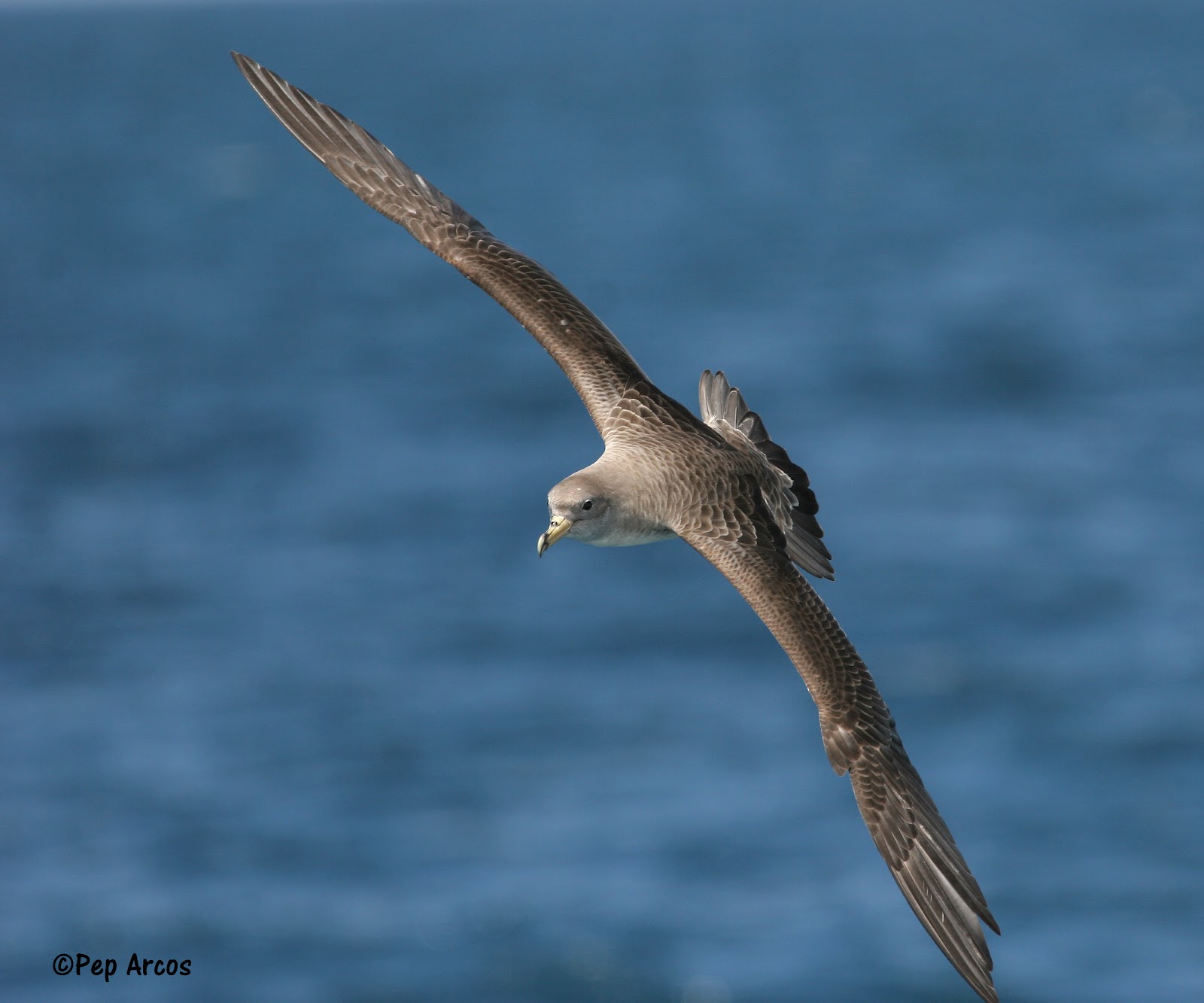Graham Parker and Kalinka Rexer‐Huber (Parker Conservation, Dunedin, New Zealand) have submitted a draft literature review of methods for estimating population sizes of burrowing petrels (including ACAP-listed Procellaria petrels and Puffinus shearwaters) to last month’s meeting of the Conservation Services Programme (CSP) of New Zealand’s Department of Conservation.
The report’s Executive Summary follows:
“Robust population estimates are needed for conservation management of burrowing petrel populations. Estimates of population size for burrowing petrels are often obtained by extrapolation of burrow surveys to a population- or island-wide scale. However, extrapolation will also extrapolate bias or error, giving rise to potentially large error bounds reflecting imprecise estimates of population size. This hinders species risk assessment and limits the ability to detect trends in population size over time. We review methods for estimating the breeding population size of burrowing petrels by extrapolation from surveys, focusing in particular on the error associated with population estimates of the larger Procellaria petrels. Sources of error in extrapolation of survey data are divided into five key areas: (1) uncertainty of burrow contents, (2) timing, (3) burrow detection probability, (4) availability bias and (5) observer bias. We reviewed 87 relevant studies. Of these, 45 published and unpublished studies deal specifically with quantitative surveys of burrowing petrels. The review highlights that there is no single-best method for minimising error levels in population estimates. Rather, the most accurate and precise studies are those designed according to the specifics of the study resources, species and site, and we discuss a range of the factors that are important to consider. To produce an accurate and precise population estimate from burrow counts, it is important to determine burrow contents and to distinguish between breeding and non-breeding birds. If a proportion of occupants are missed, further error is introduced to the population estimate, so it can be valuable to check occupant detection probability. The timing of burrow occupancy checks can help avoid assumptions about what proportion of breeding birds has not yet laid or has already failed. Extrapolation errors occur when the area sampled is not representative of the area that the samples are extrapolated to. If sampling sites are not representative, or if some part of a petrel’s burrowing range is not accessible/available to sample, this availability bias can affect extrapolation. Burrow detection rates can also affect the accuracy of extrapolation, so the assumption that every burrow in the sampled area was detected should be checked. Whether planar map area or true surface area is used for extrapolation can be a further source of error. Observers may differ in their ability to detect burrows or burrow contents and this observer bias should be tested for. Several key points are relevant to all studies: the need for a good pilot study to minimise error sources in the main survey; the need for sufficient time to cover enough ground while including contingency for weather; and the need to document burrowing petrel survey methods in enough depth to be repeatable.”

Black Petrel, photograph by David Boyle
Click here for a visual presentation on the literature review.
Reference:
Parker, G.C. and Rexer-Huber, K. 2015. Literature Review of Methods for Estimating Population Size of Burrowing Petrels based on Extrapolations from Surveys. Department of Conservation, Conservation Services Programme Objective 7, Project POP2014-02. Dunedin: Parker Conservation. 28 pp.
John Cooper, ACAP Information Officer, 11 July 2015

 English
English  Français
Français  Español
Español 


